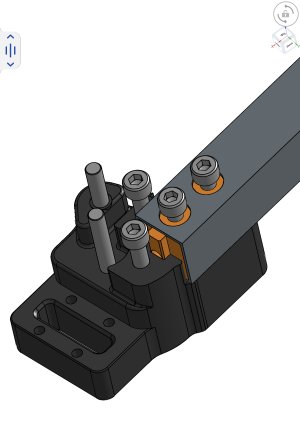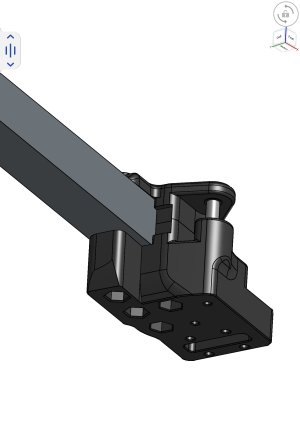I believe this has everything to do with the change in temperature, and the differences in thermal expansion coefficient of aluminum, 2.36 x 10˄5 K¯¹ compared to Carbon fiber 0.15 x 10˄5 K¯¹.
There is no question of which material is stiffer. The solution would be to understand, the printer structure, aluminum, will grow with chamber temp, the carbon will grow much less. This dimensional change needs to be compensated for. This could be done by replacing the complete printer structure to carbon fiber, or adjusting the gantry at operating temperature or some other means. The fix could be as simple as to allow the X axes to have space for the growth without trying to stretch the carbon fiber gantry.
As to the idea of a hollow square aluminum gantry, I doubt it will be as good as a standard 2020, but will wait to see the data.





